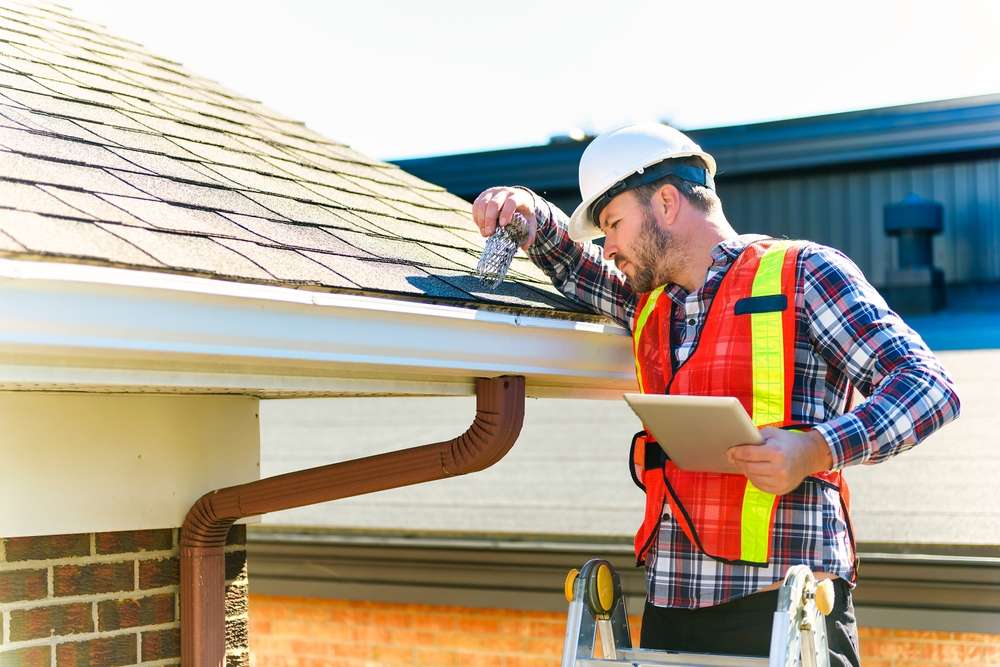Keeping Pests Out: Essential Home Pest Control Checklist
Protect your home and family from ants, termites, rodents, and other unwelcome pests with a practical, expert-backed approach to pest control. This guide explains why professional services matter, the most effective treatment methods, certifications to verify, and simple prevention steps homeowners can take to reduce infestations and safeguard their property.

A pest-free home contributes to comfort, safety, and long-term property value. While many homeowners try do-it-yourself fixes for occasional pests, professional pest control brings deeper expertise and tools that can stop infestations at the source and prevent them from returning. This guide breaks down why hiring trained technicians matters, the methods they use, how often treatments are needed, what credentials to verify, and practical steps you can take to keep pests away.
Why professional pest control is worth considering
Home remedies and store-bought sprays may help with small problems, but licensed pest control professionals offer advantages that are difficult to match. Technicians can accurately identify the species and the root causes of infestations, which matters because different pests require different strategies. Professionals also have access to EPA-registered products and specialized equipment not available to consumers, and they can apply treatments safely and effectively. Investing in a reputable company often saves time and money by eliminating repeat attempts and reducing the risk of structural damage or health risks caused by persistent infestations.
Common methods used by pest management pros
Pest control companies use a range of techniques tailored to the pest type, infestation severity, and the home environment. Typical approaches include:
-
Integrated Pest Management (IPM): A comprehensive framework that prioritizes non-chemical controls first—such as sanitation, exclusion, and habitat modification—paired with targeted chemical treatments only when necessary.
-
Chemical treatments: Professional-grade pesticides are applied in specific locations and dosages to eradicate active infestations and provide residual protection.
-
Baiting systems: Attractive bait stations are used to deliver slow-acting toxins to rodents or insects, allowing the bait to reach nests or colonies and reduce populations at the source.
-
Exclusion and proofing: Sealing cracks, installing door sweeps, and repairing screens to block entry points prevents pests from re-entering.
-
Biological control: In certain situations, natural predators or biological agents can be introduced or encouraged to keep pest populations in check without heavy chemical use.
Selecting a method depends on whether you are dealing with ants, cockroaches, termites, bed bugs, rodents, or other pests. A trained technician will assess the situation and recommend an appropriate combination of tactics.
How often should you schedule treatments?
Frequency varies based on the pest species, the severity of the problem, local climate, and property characteristics. Many companies recommend routine preventative visits—commonly every three months—to intercept issues before they escalate. Monthly or bi-monthly service may be advised for high-risk properties or active infestations. For localized, one-time problems, a single targeted treatment or an inspection followed by a tailored plan could be enough. Discuss your goals (preventive vs. curative) with a licensed provider to determine a schedule that fits your needs and budget.
Certifications and credentials to check
When hiring a pest control company, confirm that technicians and the business hold proper licenses and certifications. Common credentials to look for include:
- State Pesticide Applicator License: Required in most jurisdictions for commercial pesticide application.
- Certified Pest Control Operator (PCO): Indicates specialized pest management training.
- Associate Certified Entomologist (ACE): Demonstrates advanced knowledge of insect biology and control methods.
- GreenPro Certification: Recognizes companies that use environmentally conscious techniques.
- QualityPro Certification: Signals adherence to industry best practices in operations and customer service.
Always ask to see licensing and insurance, and request references or reviews. A reputable company should be transparent about the products they use and the safety precautions they take.
Practical steps homeowners can take to prevent infestations
Proactive measures reduce the likelihood of pests and complement professional services:
- Seal entry points: Inspect the exterior for gaps around windows, doors, utility lines, and foundation cracks; seal these with caulk or weatherstripping.
- Maintain cleanliness: Regularly clean kitchens, dining areas, and other food-handling spaces to eliminate crumbs and spills.
- Store food properly: Use airtight containers and keep pet food sealed.
- Reduce moisture: Fix leaks, clear clogged gutters, and avoid standing water that attracts pests.
- Manage landscaping: Keep shrubs and tree branches trimmed away from the house and remove yard debris that can harbor insects or rodents.
- Conduct regular inspections: Check basements, attics, crawl spaces, and garages for signs of pest activity so you catch problems early.
| Service | Typical Frequency | Approx. Cost (USD) |
|---|---|---|
| General preventive treatment | Quarterly | $50 - $200 per visit |
| Rodent exclusion and baiting | As needed; often multiple visits | $150 - $600+ |
| Termite inspection & treatment | Annual inspection; treatment as required | $500 - $4,000+ |
| Bed bug treatment | Multiple visits over weeks | $300 - $2,500+ |
Cost disclaimer: Prices are estimates and vary widely by region, property size, infestation severity, and provider. Obtain written quotes from licensed professionals.
Bringing it all together
Effective pest control is a mix of professional expertise and homeowner diligence. Licensed technicians provide targeted, safe treatments and preventative strategies that homeowners often can’t replicate alone, while routine maintenance, sanitation, and home-proofing significantly reduce pest attractants and entry points. By verifying certifications, choosing an appropriate service frequency, and practicing preventative measures, you can protect your home from unwanted visitors and maintain a healthier living environment.






